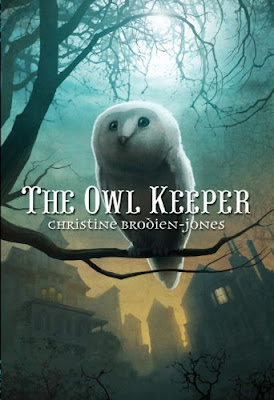
In Michaela MacColl's debut, Prisoners in the Palace, Liza's luxurious life came to a halt when her parents were killed in a carriage accident, leaving her an orphan. Now homeless and with debts to pay, she acquires a job as a maid to Pricess Victoria - but with a catch, she must also act as a spy! I hope you enjoy this interview with Liza!
Your luxurious lifestyle and expecting to join society must have made becoming a maid hard to swallow. What was the toughest part?
The sleeping arrangements were definitely my most difficult obstacle! I was used to feather beds and sheets of silk. My bed at Kensington Palace was lumpy and I was always cold. You never realize how much you take for granted just being warm! I wrapped myself in my mother’s Kashmir shawl just to keep the chills away. Even the lack of a private bath pales in comparison to my nightly struggle to find a comfortable spot to sleep.
Do you think you and the Princess would have become friends had you met up different circumstances (assuming she was allowed out of course!)
What an amusing question, as Victoria might say. I do think we would easily have been friends if our ranks were equal. We had very much in common. We both love fashion, music and the theater. We could dance the night away at balls and fall madly in love with tenors at the opera. So long as we did not discuss matters of social policy or anything too intellectual, we could be close confidantes. And as a lady should never be too political or intellectual, Victoria’s company would be excellent discipline for me not to get unladylike ideas!
Why do you think it took so long for Elizabeth to stand up for herself?
Many young women from my background never learn to stand up for themselves. It is actively discouraged by the adults who try to safeguard us. If my life had gone according to plan, I would have been handed from my father’s care into my husband’s. It was fate’s intervention that gave me the opportunity to learn what inner strength I might draw upon. It helped that I first learned to stand up for others before myself.
Do you plan to visit, the now Queen Victoria, in the future?
Of course I do! After all we went through together, how could I resist seeing her in all her royal glory? I hear that she will leave Kensington Palace, so I’ll have to visit her in the new palace at Buckminister. I must also confess to being wildly curious as to how Victoria will handle all that power! She’s not accustomed to making her own decisions. I hope she makes good ones, not just for her own sake but for the nation’s.
If you could say one thing to Simon now, what would be it be?
Hmmm. I think perhaps I would tell him to think twice before he is seduced again by the promise of wealth and rank. Just because the aristocrats seem to have everything in life they could ever want, the truth may be very different. It doesn’t pay to envy your betters.
------------------------------------------------------------------------------------
Today is the last day to enter the giveaway...Click here to enter!
Cross-posted at: He Followed Me Home...Can I Keep Him? on 28 October 2010.























































